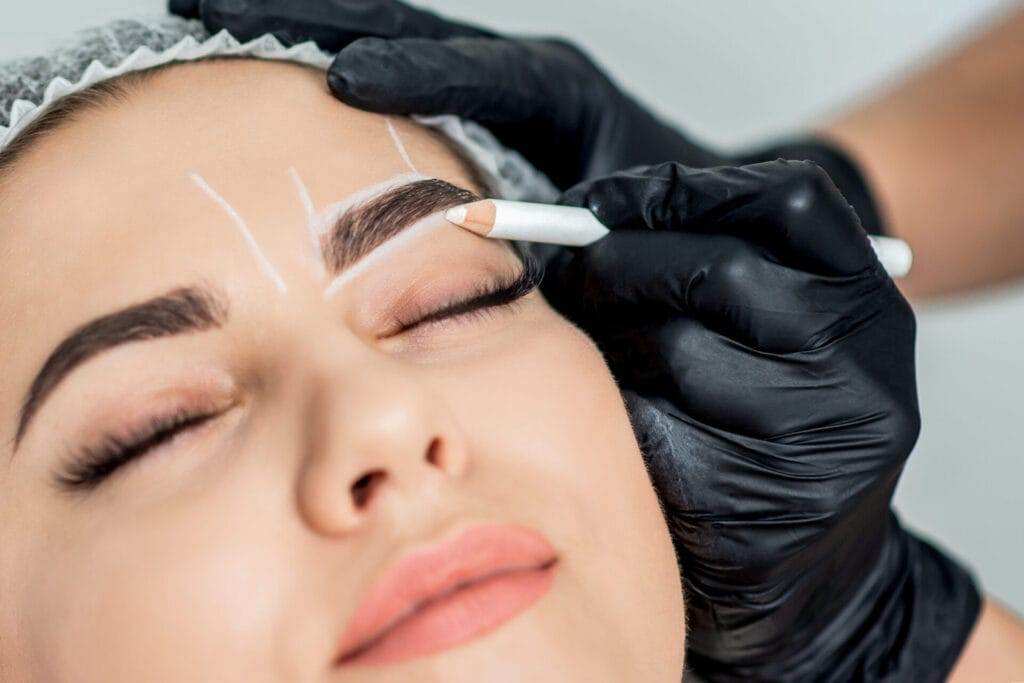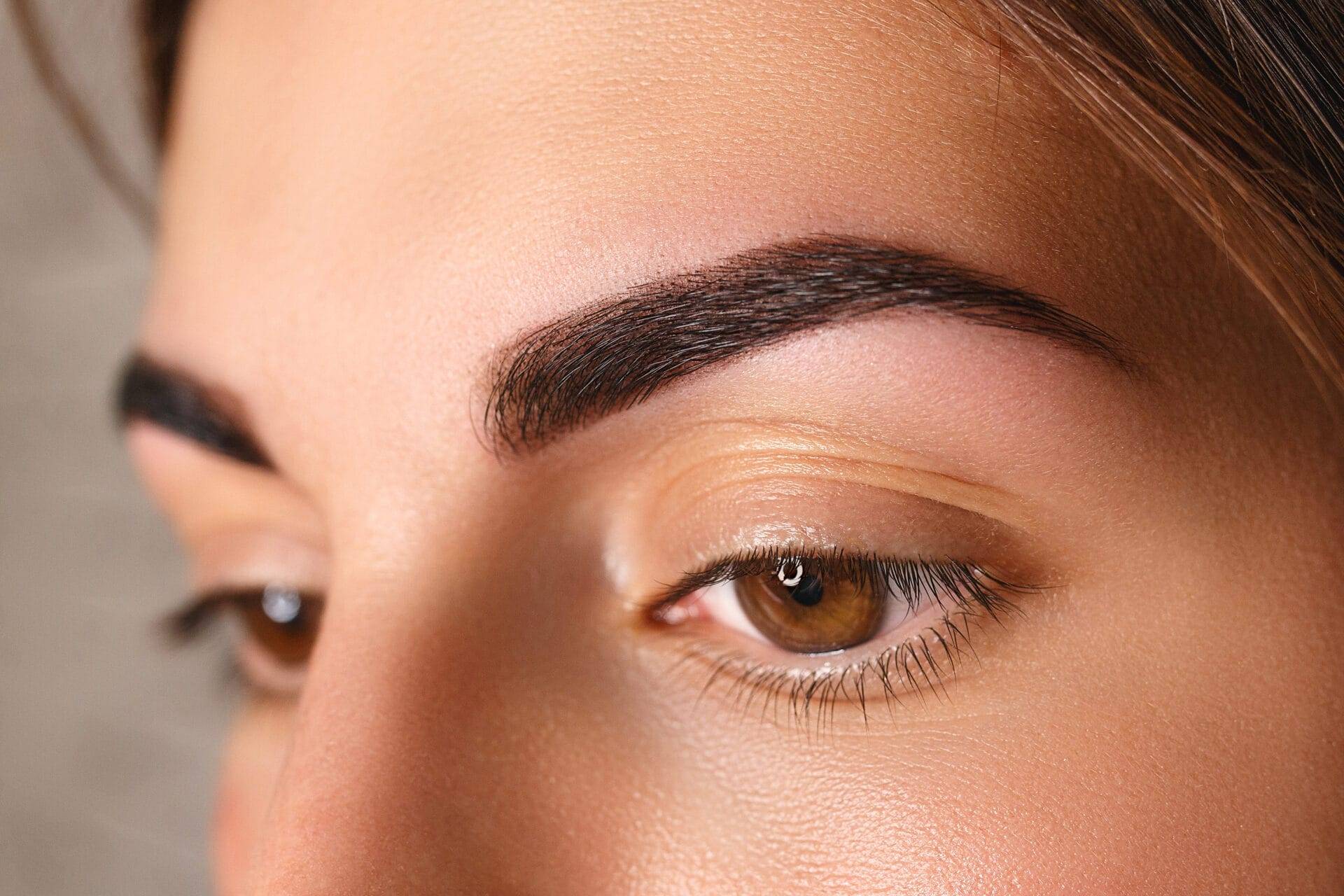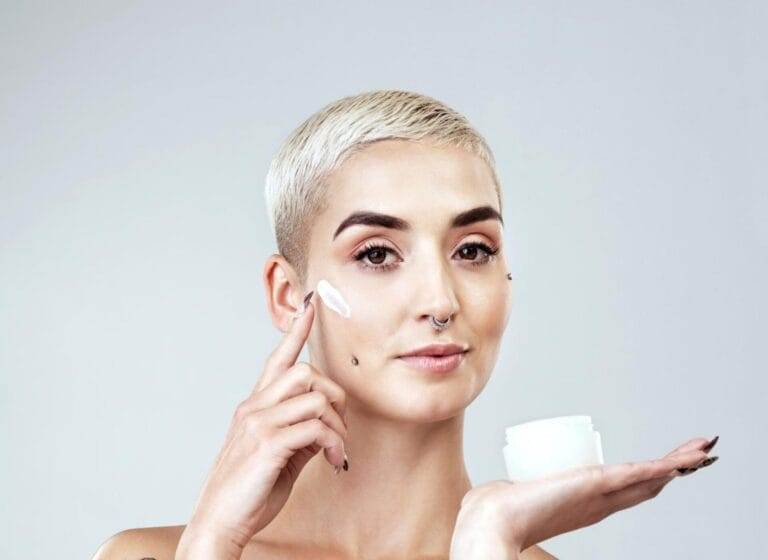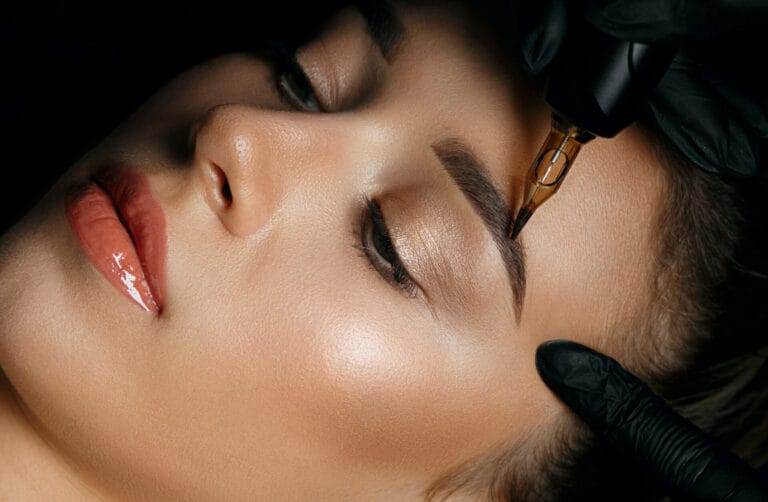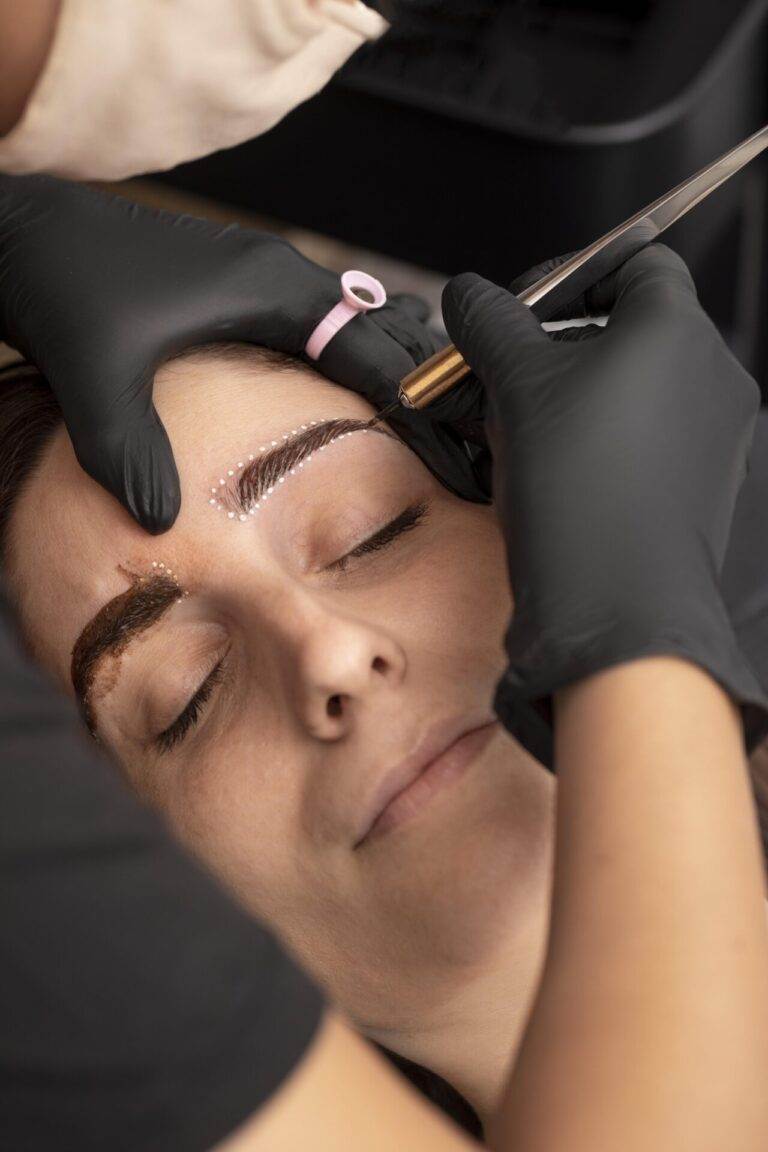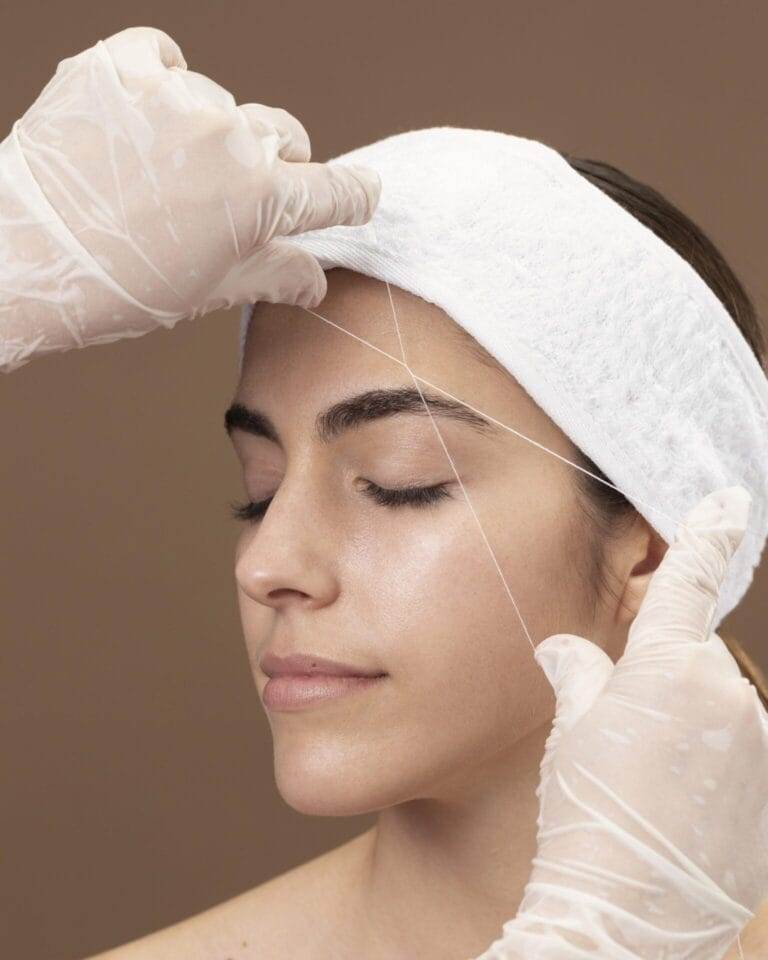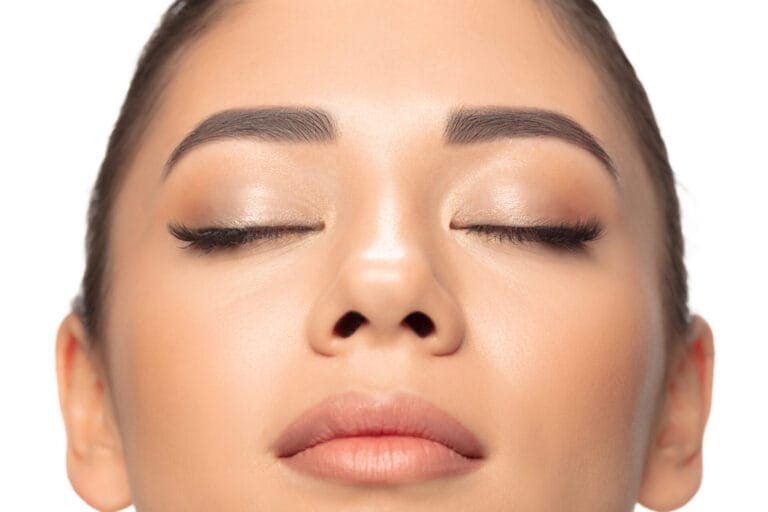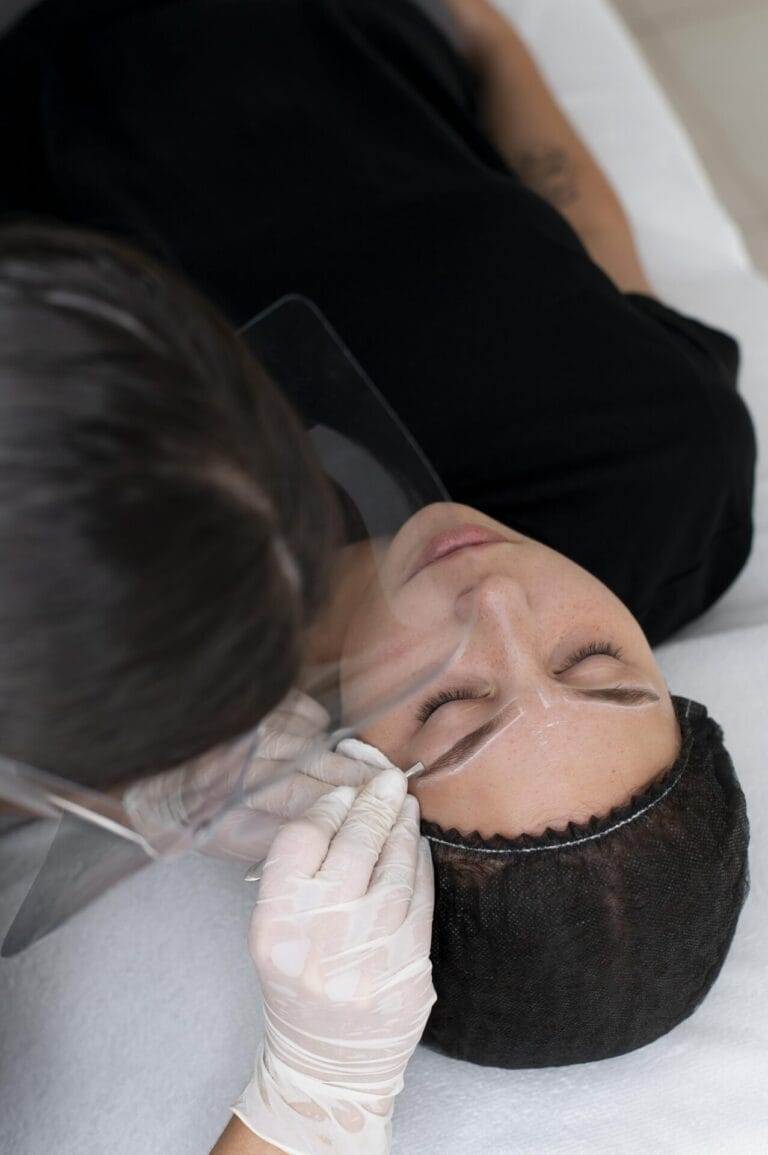What are cosmetic tattoos?
Cosmetic tattoos, also known as permanent makeup or micro-pigmentation, are a form of tattooing that involve the application of pigments to the skin to enhance certain features. Unlike traditional tattoos, which are done using a needle and ink, cosmetic tattoos use specialized techniques and pigments that are tailored for use on the face and body.
Benefits of cosmetic tattoos
There are several benefits to getting cosmetic tattoos, including:
- Time-saving: One of the main benefits of cosmetic tattoos is that they can save you time in your daily routine. With permanent makeup, you no longer need to spend time applying eyeliner, filling in your eyebrows, or putting on lipstick, as these features are already enhanced and defined with the tattoo.
- Long-lasting: Cosmetic tattoos are designed to be long-lasting, with results that can last for several years. This means that you can enjoy the benefits of enhanced features without the need for daily touch-ups.
- Enhanced appearance: Cosmetic tattoos can help enhance your natural features, making them appear more defined and symmetrical. For example, if you have thin or sparse eyebrows, getting an eyebrow tattoo can help create the appearance of fuller, more defined brows.
- Convenience: For those with busy lifestyles or who travel frequently, having permanent makeup can be incredibly convenient. You don’t have to worry about your makeup smudging or fading throughout the day, as cosmetic tattoos are resistant to water, sweat, and other environmental factors.
In conclusion, cosmetic tattoos offer a range of benefits, from saving time to enhancing your appearance. Whether you’re looking to define your eyebrows, create a permanent lip color, or enhance your eyeliner, cosmetic tattoos can provide a long-lasting solution for your beauty needs.
Eyebrow Tattooing
Types of eyebrow tattooing
Eyebrow tattooing is a popular cosmetic tattoo procedure that involves enhancing the appearance of the eyebrows. There are several types of eyebrow tattooing techniques available, including:
- Microblading: This technique uses a handheld tool with tiny needles to create hair-like strokes on the eyebrow area. It provides a natural and fuller look to the eyebrows.
- Powder brows: This technique involves using a digital machine to create a soft and powdery effect on the eyebrows. It is ideal for those who want a more defined and filled-in appearance.
- Ombre brows: Ombre brows give a gradient effect to the eyebrows, with a lighter shade at the front and a darker shade towards the tail. This technique is suitable for those who prefer a soft and natural-looking eyebrow enhancement.
Procedure and aftercare for eyebrow tattooing
The procedure for eyebrow tattooing typically involves the following steps:
- Consultation: Before the procedure, you will have a consultation with a trained technician to discuss your desired eyebrow shape, color, and style. The technician will also assess your skin type and advise you on the best technique for your needs.
- Numbing: Topical numbing cream is applied to the eyebrow area to minimize any discomfort during the procedure.
- Tattooing: The technician will carefully and skillfully apply the pigment to the eyebrow area, following the desired shape and style. They will use sterile, disposable needles and equipment to ensure a safe and hygienic procedure.
- Aftercare: After the procedure, it is important to follow the technician’s instructions for proper aftercare. This typically involves avoiding wetting the eyebrows for a few days, applying a healing ointment, and avoiding excessive sun exposure or sweating.
By choosing a qualified and experienced technician, following proper aftercare, and maintaining regular touch-up sessions, you can enjoy long-lasting and beautifully enhanced eyebrows with tattooing.
Overall, eyebrow tattooing is a convenient and effective solution for those looking to enhance their eyebrow appearance. Whether you prefer a more natural or defined look, there are various techniques available to achieve the desired results.
Eyeliner Tattooing
Different styles of eyeliner tattooing
Eyeliner tattooing is a popular cosmetic tattoo procedure that enhances the appearance of the eyes by creating the illusion of a perfectly applied eyeliner. There are different styles of eyeliner tattooing available, including:
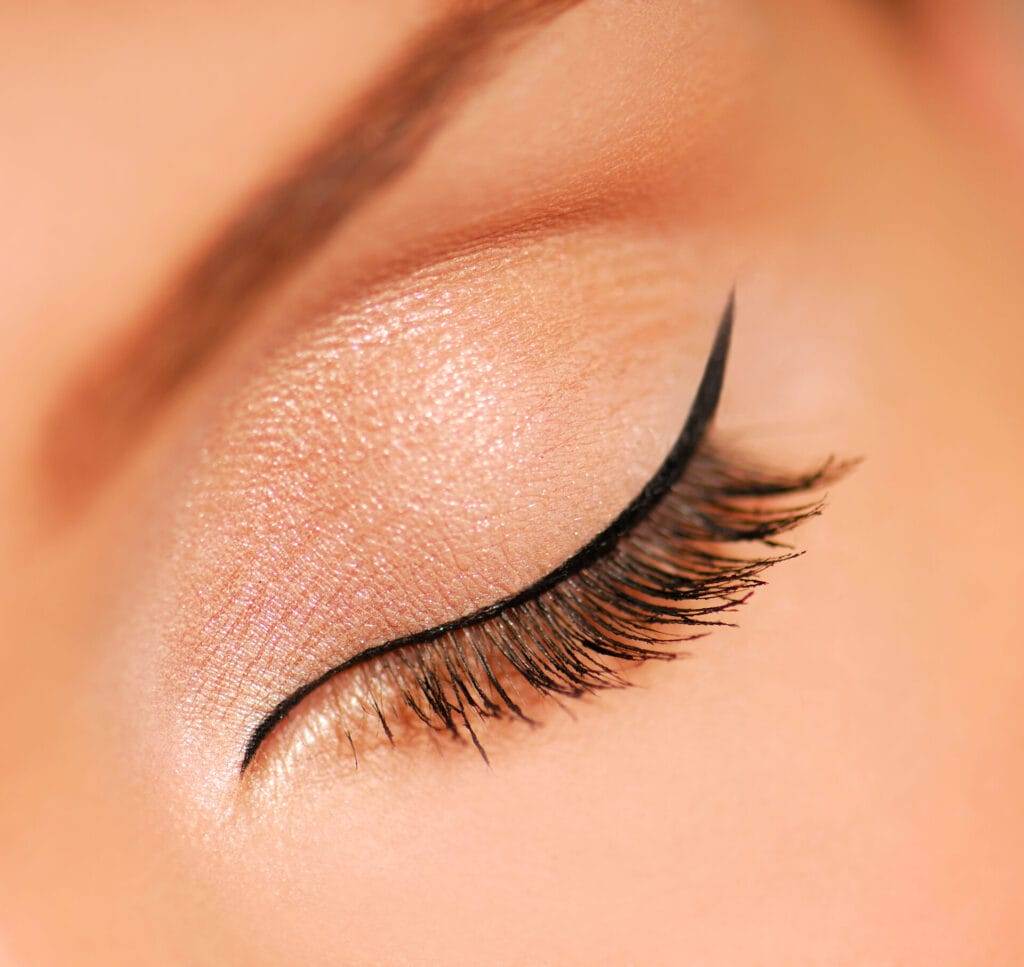
- Tightline: This style involves tattooing along the upper waterline of the eye, creating the appearance of fuller lashes and a more defined eye shape.
- Classic eyeliner: This style involves tattooing a thin or thick line along the upper or lower lash line, giving the eyes a more dramatic and defined look.
- Winged eyeliner: This style creates a winged or cat-eye effect by extending the tattooed line beyond the outer corner of the eye. It adds a subtle lift and elongation to the eyes.
Tips for eyeliner tattoo aftercare
Proper aftercare is essential to ensure the longevity and healing of eyeliner tattoos. Here are some tips to follow after the procedure:
- Avoid touching or rubbing the tattooed area to prevent infection and color loss.
- Avoid applying makeup on the tattooed area for at least a week to allow proper healing.
- Avoid excessive sun exposure and swimming for at least two weeks to prevent fading and possible infection.
- Apply a thin layer of recommended aftercare ointment to keep the area moisturized and aid in healing.
- Avoid strenuous activities and sweating for a few days to prevent excessive moisture on the tattooed area.
By following these tips and choosing a skilled and experienced technician, you can achieve long-lasting and beautifully enhanced eyeliner with tattooing. Remember to schedule touch-up sessions as recommended to maintain the desired look.
Eyeliner tattooing is a convenient and effective solution for those who want to wake up with perfect eyeliner every day. Whether you prefer a subtle enhancement or a bold and defined look, eyeliner tattooing offers various styles to suit your preferences and lifestyle.
Lip Tattooing
Types of lip tattooing techniques
Lip tattooing is a cosmetic procedure that enhances the appearance of the lips by adding color and definition. There are different techniques available for lip tattooing, including:
- Lip liner: This technique involves tattooing along the border of the lips to define their shape and give them a fuller look. It can also be used to correct asymmetry.
- Lip blush: This technique adds color to the entire surface of the lips, giving them a subtle tint that mimics lipstick. It can be used to enhance the natural lip color or create a more vibrant shade.
- Ombre lips: This technique creates a gradient effect on the lips, with a lighter color in the center and a darker color towards the edges. It gives the lips a fuller and more contoured appearance.
What to expect during and after lip tattooing
During the lip tattooing procedure, a local anesthetic will be applied to minimize discomfort. The technician will carefully tattoo the chosen technique onto the lips using a specialized machine. The process can take about 1-2 hours, depending on the complexity of the design.
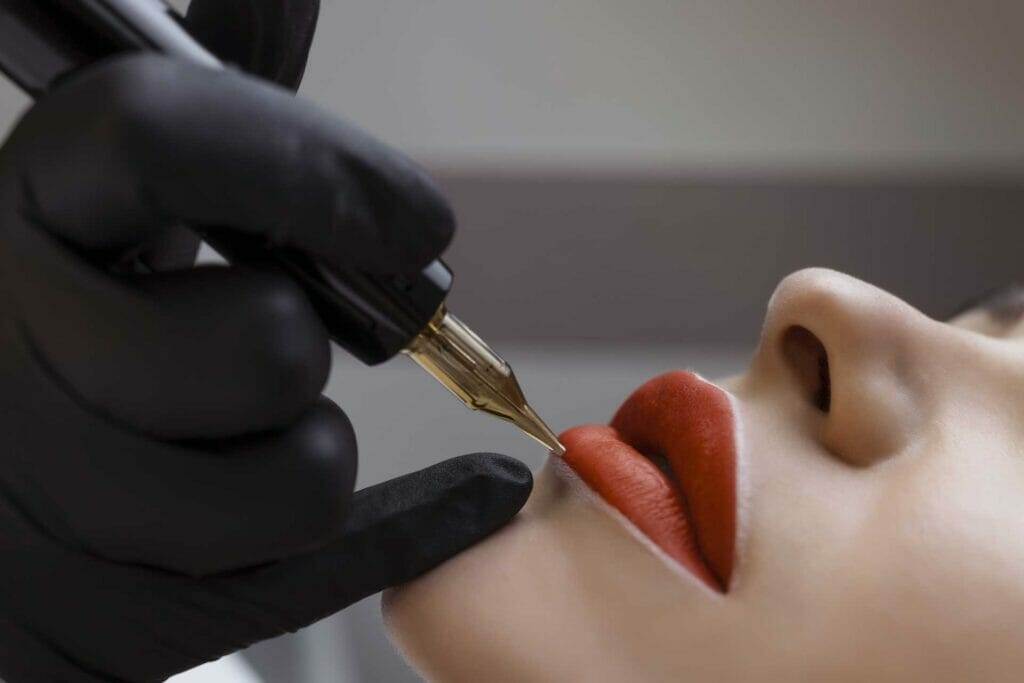
After the procedure, it is normal for the lips to feel swollen and tender. The color of the tattoo may appear darker initially but will lighten as the lips heal. It is important to follow proper aftercare instructions, which may include avoiding certain foods and drinks, applying recommended ointment, and avoiding direct sunlight.
The healing process usually takes around 1-2 weeks, during which the color of the tattoo may continue to develop and settle. It is common to experience some flaking or peeling of the skin during this time. It is crucial to keep the lips moisturized and protected from the sun to maintain the longevity of the tattoo.
Lip tattooing is a long-lasting solution for achieving beautifully enhanced lips. With the right technique and proper aftercare, you can enjoy the benefits of lip tattooing for years to come. It is recommended to schedule touch-up sessions as needed to maintain the desired color and shape.
Areola Tattooing
Importance of areola tattooing for breast reconstruction
Areola tattooing is a crucial part of the breast reconstruction process for individuals who have undergone mastectomy or breast reduction surgery. The areola is the pigmented area surrounding the nipple, and tattooing can create the illusion of a realistic areola and nipple, restoring the appearance of a natural breast. This procedure plays a significant role in helping breast cancer survivors or those with breast abnormalities regain confidence and feel more comfortable in their bodies.
Factors to consider before getting an areola tattoo
Before deciding to undergo areola tattooing, there are several factors to consider:
- Consultation: It is important to meet with a skilled and experienced tattoo artist who specializes in areola tattooing. During the consultation, you can discuss your goals, concerns, and desired outcome. The artist will assess your skin tone, remaining breast tissue, and scars to determine the most suitable technique and color for your tattoo.
- Healing process: Like any tattoo, the areola tattoo will go through a healing process. It is essential to understand the aftercare instructions provided by the artist, including proper cleansing, moisturizing, and sun protection. Additionally, it is crucial to have realistic expectations about the final appearance of the tattoo, as colors may fade and settle over time.
- Emotional readiness: Areola tattooing can be an emotional procedure for individuals who have undergone breast surgery. It is important to ensure that you are emotionally ready for the process and have taken the time to heal physically and mentally.
- Follow-up appointments: Areola tattoos may require touch-up sessions to maintain the desired color and shape. It is important to discuss the frequency of these appointments with your tattoo artist.
Areola tattooing is a valuable option for individuals seeking a natural-looking breast reconstruction. By considering these factors and choosing a skilled artist, you can achieve a result that enhances your confidence and helps you feel whole again.


